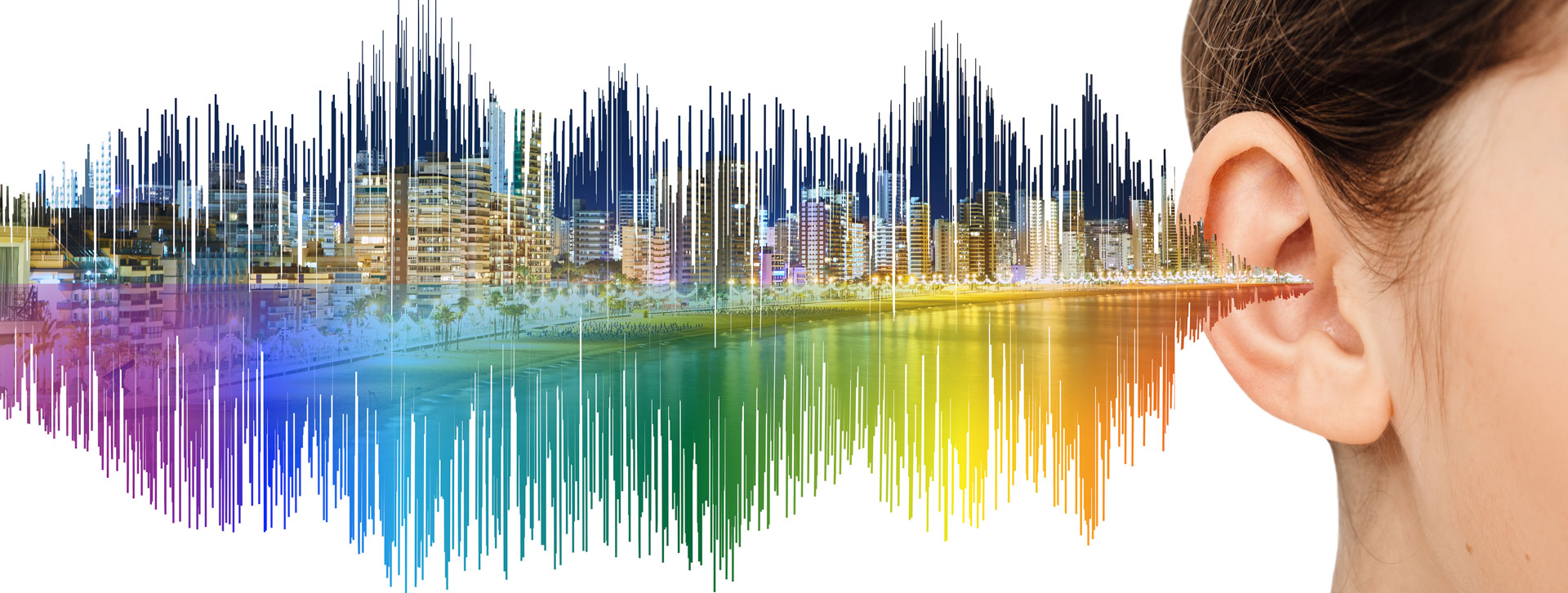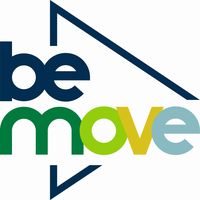
Be-MoVe
The Project
In Essen, as in many other cities in the Ruhr region, the expansion of car-oriented infrastructure has been the main focus in recent decades. Active forms of mobility such as cycling and walking have fallen by the wayside. As part of the BMBF’s “MobilitätsWerkStadt 2025” funding program, the city of Essen wants to transform its public spaces and traffic routes and sustainably design them for quality of stay and mobility for all. Particular focus is being placed on pedestrian traffic, which still receives far too little attention as an independent form of mobility. In the first phase of the project, the city of Essen worked together with stakeholders from the field of pedestrian traffic to identify various problem areas and develop strategies and measures for specific weak points in the urban area (see imobis project “MobilitätWerkStadt Essen 25”).
The second phase is all about implementation: The “Grüne Hauptstat Agentur”(GHA, City of Essen), the Institute for Mobility and Urban Planning (imobis) and the Institute for Urban Public Health (InUPH) will set up real laboratories in two Essen neighborhoods over the next three years, where different measures will be implemented experimentally over several months. Together with the population, they will test how a change in street spaces, new access to means of transport or technological incentive systems affect local mobility. Particular attention will be paid to the acoustics of street spaces – what influence does urban sound quality have on quality of stay, health and mobility behavior?

Contact InUPH

Dr. rer. medic.
Judith Schröder
Researcher
Focus on Acoustic Quality
The acoustics of streetscapes are a particular focus. As part of Be-MoVe, the Institute for Urban Public Health (InUPH) is investigating the acoustic quality of urban spaces and how people perceive and evaluate it. To answer these questions, InUPH conducted a total of 35 soundwalks in Holsterhausen and the city center in 2022 and 2023. These soundwalks are one-hour walks during which participants follow a set route and stop at certain locations to listen carefully. A questionnaire is then used to assess what they heard, for example whether the sounds were perceived as annoying or pleasant.
First results have already been presented at an event with the participants of the soundwalks at the University of Duisburg-Essen. Further soundwalks are not planned as part of Be-MoVe, but some of the project’s findings will soon be compiled into a so-called storymap and made available online. This will provide interested citizens with background information on the project, audio-visual information on the listening stations, and the results of the questionnaires in the form of a digital story, allowing them to experience the soundwalks retroactively along the original routes.
Funded by:
BMBF: Bundesministerium für Bildung und Forschung